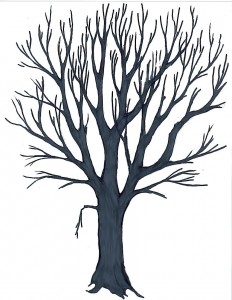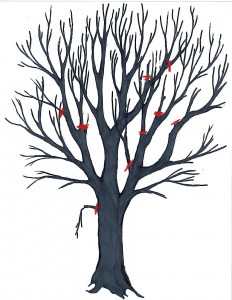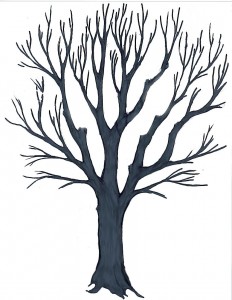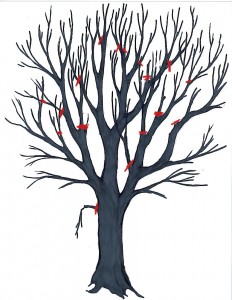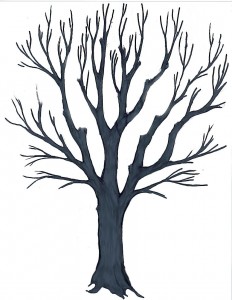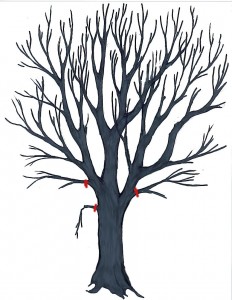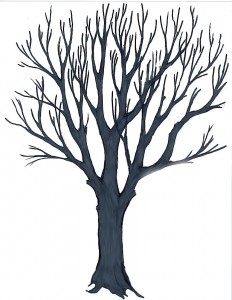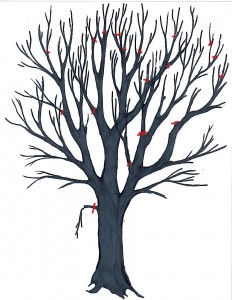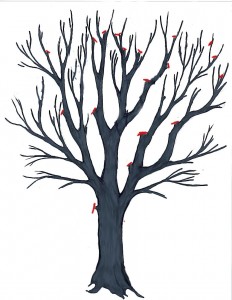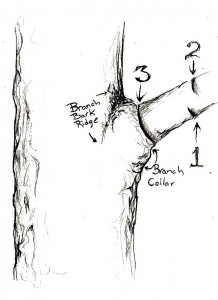Tree Pruning forethought
Before setting out into your yard with pruners and handsaws, it is important to give thought as to what your goals are and how best to accomplish them.
There are five basic reasons why we prune; health, beauty, thinning, raising the canopy and reducing the height. Below I have listed these reasons with a brief description on how to prune with proper care.
Improve tree’s health and beauty
This is the most important of all the pruning techniques as it can be applied to most trees.
This is best accomplished with a structure prune or what is more often called “crown cleaning” or “tree cleanup”. This is the process of pruning the tree by removing the dead, dying and diseased branches.
Removing these branches gives the tree a cleaner appearance and improves the health of the tree. It is important to remove branches that are crossing the trunk (or crossing other branches) as they will rub against each other during even mildly breezy conditions.
This friction causes the wood underneath to open up, which will most often be followed by decay and disease from this wound. Pruning for health and beauty also includes removing branches with weak unions (branches with less than a forty-five degree angle or two leads that are in close-contact).
This is a very important step, and is critical while a tree is young and the cuts are small. Removing these branches can make a huge difference in the trees longevity – both for the safety and aesthetics of the tree.
(Please keep in mind all tree diagrams are two dimensional representations and are only imply an idea).
Thinning trees
This is done to allow greater light penetration into your yard, or to reduce the presence the tree has in your yard. The methods used are very similar to the crown cleaning, but includes removing some of the outer lateral branches (a branch that stems from a larger branch).
Crown raising
This is done by removing the lower branches to a specified height.
Shortening the trees height
This is the most taboo type of pruning, as it can be highly damaging (especially to larger trees). Luckily, there is a better way to do this rather than tree “topping”. When I say a better way, I mean less damaging (not free from damage).
We are removing portions of the tree to a point where there are no natural protections, which leaves the tree open to infection and decay. That is why it is important to make small cuts so that the tree has time to cover the wounds with new growth.
To minimize damage, we follow the branches that need to be shortened down to where there is a “lateral” branch that is at least one-third the size of the parent stem, and make our cut just above the lateral.
This becomes the new “top” of the tree. It is important to consider the direction that the new top is growing to prevent any new crossing branches.
Making the cut
The foremost thing to remember when removing a limb is placement. A proper pruning cut is made with three cuts: The first is an undercut further up the branch (1), to prevent the bark from tearing when the branch is freed from the rest of the tree.
The second cut is to be made a small distance from the undercut (2). This is the cut that releases the majority of the branches weight, allowing you to make the final cut free from the worry of the bark tearing into tree trunk.
The last cut is the most important cut(3) as this is the one that determines the trees ability to “heal” from the damage from removing the branch. This last cut should be made at the branch collar.
The branch collar is a small mounding at the union of the branch and the trunk (image 1). The cut should be made half-way between the angle of the trunk and the angle of the branch.
Remember, it is always a good idea to consult with a professional before making any decisions or cuts. Handling sharp saws or shears can be dangerous, even at low heights. Plus, pruning too much or incorrectly can sometimes result in tree failure on account of shock.
Stay tuned here for more helpful tips regarding these questions, as well as the best time of year to prune, how much pruning is too much, and more. When in doubt, give us a call for a free consultation.


